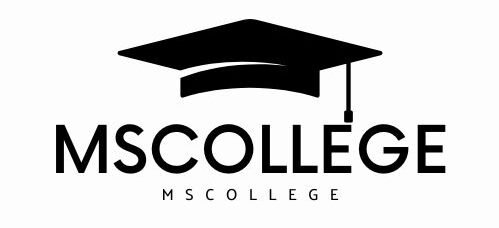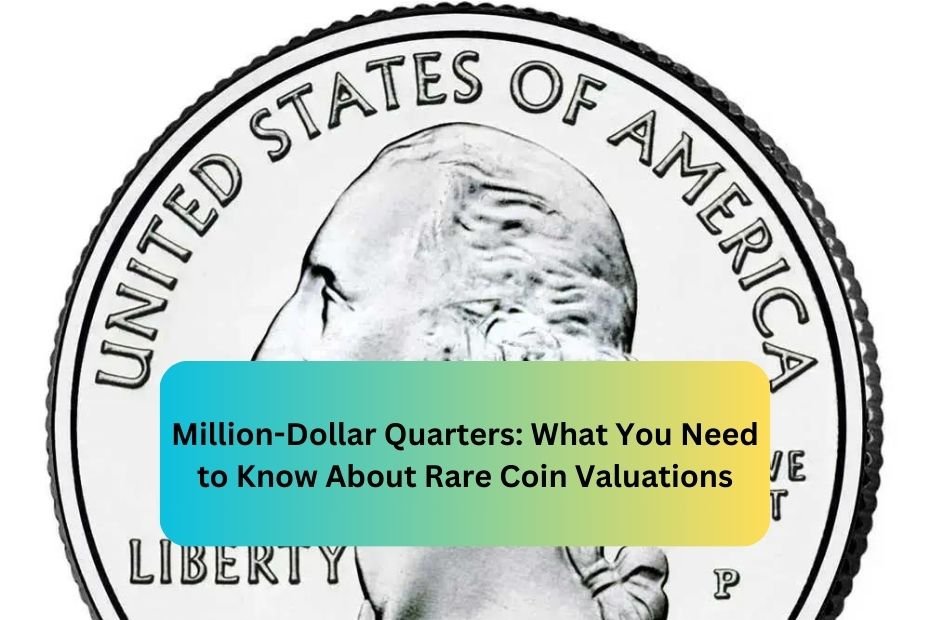Coin collecting, or numismatics, has become a fascinating pursuit for many, attracting both hobbyists and investors alike. Among the vast array of coins, quarters hold a special place due to their historical significance and potential value. Some quarters are worth significantly more than their face value, sometimes reaching into the millions. This article explores the world of rare quarters, what makes them valuable, and how to assess their worth.
Understanding Coin Valuation
Before diving into specific quarters, it’s essential to understand how coin valuation works. The value of a coin is determined by several factors, including:
1. Rarity
- Minting Numbers: Coins that were minted in limited quantities are typically more valuable. For example, the 1932-D and 1932-S Washington quarters were minted in lower numbers, making them highly sought after.
- Survival Rate: The number of coins still in existence impacts their rarity. Coins that were lost, damaged, or destroyed can increase the value of those that remain.
2. Condition
- Grading Scale: Coins are graded on a scale from 1 (poor) to 70 (perfect). A higher grade often correlates with higher value. Coins in mint condition with few signs of wear are much more valuable.
- Professional Grading: Having a coin professionally graded by a service like the Professional Coin Grading Service (PCGS) or Numismatic Guaranty Corporation (NGC) can significantly affect its market value.
3. Demand
- Market Trends: The demand for specific coins fluctuates with market trends. Certain quarters may become more valuable based on collector interest or historical significance.
- Collector Interest: Coins that are popular among collectors, such as those tied to significant historical events or unique designs, often command higher prices.
4. Historical Significance
- Unique Features: Quarters that have unique features, such as errors during the minting process, can be highly valuable. For example, the 1970-S “No S” proof quarter is extremely rare and valuable due to its unique minting error.
- Cultural Importance: Coins commemorating significant events or people in history can also drive up demand and value.
Notable Million-Dollar Quarters
Several specific quarters have gained recognition for their extraordinary values. Here are some of the most notable examples:
1. 1796 Draped Bust Quarter
- Value: Approximately $1.5 million
- Details: The 1796 Draped Bust Quarter is one of the earliest quarters minted in the United States. Its limited mintage and historical significance make it extremely valuable, especially in mint condition.
2. 1870-CC Seated Liberty Quarter
- Value: Around $1.2 million
- Details: This quarter was minted in Carson City, Nevada, and is notable for its rarity. Only a few are known to exist, making it a prized possession for collectors.
3. 1916 Standing Liberty Quarter
- Value: Up to $1 million for pristine examples
- Details: The 1916 Standing Liberty Quarter features a beautiful design by sculptor Hermon Atkins MacNeil. Coins in uncirculated condition are highly sought after due to their low mintage and striking appearance.
4. 1932-D Washington Quarter
- Value: Up to $600,000 for high-grade examples
- Details: This quarter is highly collectible due to its low mintage and the popularity of the Washington series. The 1932-D and 1932-S versions are particularly valuable among collectors.
5. 1970-S “No S” Proof Quarter
- Value: Approximately $100,000
- Details: This unique coin was struck without the “S” mintmark, making it a rare error. Only a handful are known to exist, making it a sought-after piece for collectors.
How to Assess Your Quarter’s Value
If you suspect you have a valuable quarter, here are steps to assess its worth:
1. Research
- Catalogs and Price Guides: Use numismatic catalogs and price guides to familiarize yourself with rare quarters and their current market values.
- Online Resources: Websites like the PCGS and NGC provide valuable information on coin values and grading.
2. Examine the Coin
- Inspect for Details: Check for key features such as mint marks, dates, and unique designs.
- Assess Condition: Evaluate the coin’s condition based on the grading scale. Look for scratches, wear, and other signs of damage.
3. Professional Appraisal
- Seek Expert Opinion: If you believe your coin has significant value, consider getting it professionally appraised or graded by a recognized service.
- Attend Coin Shows: Coin shows are excellent places to meet professionals who can help assess your coins.
Selling Rare Quarters
If you decide to sell a valuable quarter, here are some tips to maximize your profit:
1. Know the Market
- Timing: Coin values can fluctuate based on market trends. Research recent sales of similar coins to gauge when to sell.
- Target Audience: Identify the right audience, whether it’s through auction houses, coin dealers, or online platforms.
2. Presentation
- Keep It Protected: Store your coins in protective holders to maintain their condition and value.
- Provide Documentation: If your coin is graded, include the grading certificate when selling to enhance buyer confidence.
3. Choose the Right Venue
- Auction Houses: Consider reputable auction houses for high-value coins. They can attract serious buyers willing to pay top dollar.
- Online Sales: Platforms like eBay or specialized coin auction sites can help reach a broader audience.
Conclusion
Million-dollar quarters represent a unique intersection of history, art, and economics. Understanding the factors that influence their value can empower collectors and investors to navigate the numismatic landscape effectively. Whether you’re a seasoned collector or a newcomer to the world of coin collecting, the allure of rare quarters is undeniable. With the right knowledge and resources, you can appreciate the value of these fascinating coins and possibly uncover a hidden treasure in your collection.
FAQs
- What is the rarest quarter in existence?
- The rarest quarter is the 1870-CC Seated Liberty Quarter, with very few known to exist, making it extremely valuable.
- How can I tell if my quarter is valuable?
- Check for rarity, condition, and historical significance. Research using catalogs or consult a professional appraiser.
- Are all quarters worth collecting?
- While not all quarters have high value, certain dates, mint marks, and conditions can make specific quarters highly collectible.
- Where can I buy rare quarters?
- Rare quarters can be found at coin shops, auctions, and online marketplaces specializing in numismatics.
- What should I do if I find a valuable quarter?
- Consider getting it appraised or graded professionally and research the best avenues for selling it if you decide to do so.

